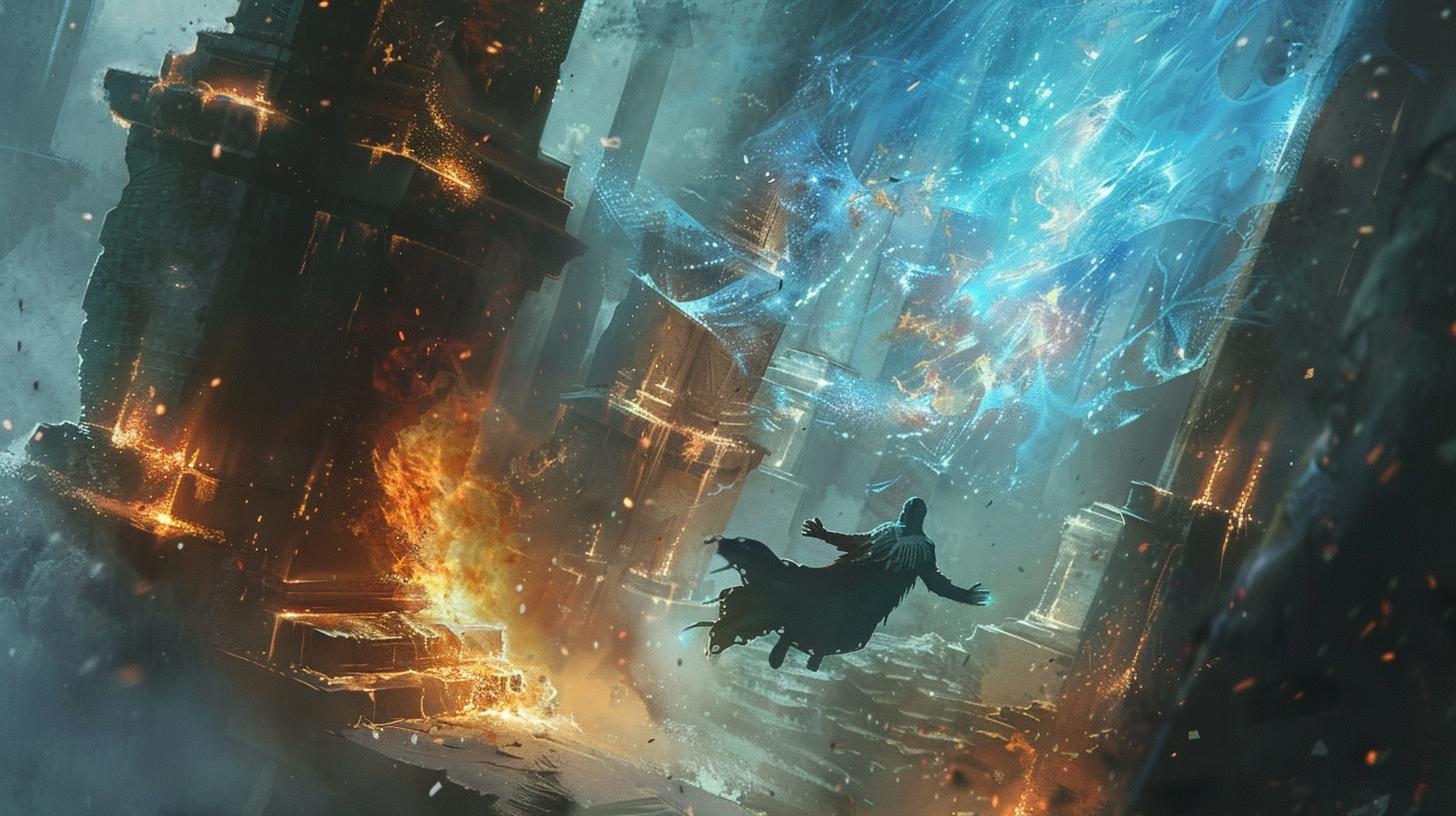Essential Endgame Strategies for Chess (and how video games teach them). Chess, often dubbed the “game of kings,” is a timeless battle of intellect and strategy. While opening theory and middle-game tactics receive considerable attention, true mastery often hinges on proficiency in the endgame. The endgame, characterized by fewer pieces on the board, shifts the focus from complex attacks to precise calculation, king activity, and the exploitation of pawn structures. Intriguingly, video games, through puzzles and AI challenges, offer a powerful and accessible means for players to internalize these crucial endgame principles.
The Nature of the Chess Endgame
The endgame typically begins when most of the major and minor pieces (queens, rooks, knights, bishops) have been traded, leaving primarily kings, pawns, and a few remaining pieces. The objectives change:
- King Activity: The king, once a vulnerable target, transforms into an active fighting piece, crucial for supporting pawns, cutting off enemy kings, and creating squares for attacks.
- Pawn Promotion: Pawns become immensely powerful. The goal is often to push a pawn to the eighth rank (or first rank for Black) to promote it to a queen or another piece, thereby gaining overwhelming material advantage.
- Precise Calculation: With fewer pieces, calculations become more concrete. Every move matters, and seemingly insignificant pawn pushes can decide the game.
Essential Endgame Principles and Strategies
- King Centralization: Unlike the opening and middle game where the king seeks safety, in the endgame, the king should be brought to the center of the board. From the center, it can support pawns, attack enemy pawns, and block the enemy king.
- Video Game Teaching: Many chess apps (like Chess.com or Lichess) offer “endgame drills” where the user must move the king to capture pawns or block pathways, emphasizing its active role.
- Pawn Promotion: This is often the primary goal. Strategies include:
- Passed Pawns: A pawn with no opposing pawns on its file or adjacent files to stop its advance is a “passed pawn.” These are immensely dangerous.
- The Square of the Pawn: A critical rule to determine if a king can catch a passed pawn. If the king can enter a “square” formed by the pawn’s current position and its promotion square, it can stop the pawn.
- Creating a Passed Pawn: Often involves sacrificing a piece or a pawn to eliminate blocking pawns.
- Video Game Teaching: Puzzle challenges frequently present scenarios where the player must identify and push a passed pawn, or calculate if their king can catch an opponent’s passed pawn. AI opponents will relentlessly push their passed pawns, forcing the player to learn defense.
- Opposition: A fundamental technique involving kings directly facing each other with an odd number of squares between them. The side whose turn it is to move usually loses the opposition, as they must move their king away, allowing the opponent’s king to advance.
- Video Game Teaching: Chess puzzle generators often include specific “opposition puzzles” where the player is tasked with maintaining or gaining opposition to achieve a win or a draw.
- Zugzwang: A situation where a player is forced to make a move, but any available move will worsen their position.
- Video Game Teaching: Advanced puzzles and endgame studies in chess software are designed to present zugzwang scenarios, forcing players to identify the losing move and understand the principle.
- Rook Endgames: These are among the most common and complex endgames. Key concepts include:
- The Lucena Position: A classic endgame position illustrating how a rook and pawn can force a win against a lone king.
- The Philidor Position: A classic position illustrating how a rook and king can draw against a rook and pawn.
- Video Game Teaching: Dedicated endgame trainers in chess platforms allow players to practice these specific, crucial positions against an engine until mastery.
How Video Games Serve as Endgame Trainers
Video games, whether dedicated chess apps or integrated puzzles within broader games, excel at teaching endgames through:
- Repetitive Practice: Unlike playing full games, digital platforms allow players to focus solely on endgame scenarios, repeating them until the patterns are internalized.
- Immediate Feedback: Engines provide instant feedback on optimal moves and errors, accelerating the learning process.
- Focused Challenges: Puzzles isolate specific endgame concepts (e.g., “mate in 2,” “pawn race,” “rook vs. pawn”) allowing for targeted learning.
- Adaptive AI: AI opponents can be configured to represent various skill levels, allowing players to practice against increasingly sophisticated endgame play.
- Visual Reinforcement: Clear graphics and move indicators make it easy to follow the consequences of each move.
In conclusion, while Chess is a game of infinite possibilities, its endgames are surprisingly principled and often reducible to specific patterns and techniques. Video games, through their interactive and focused training tools, have democratized the learning of these crucial concepts, making it easier than ever for aspiring players to transform from casual enthusiasts to true endgame maestros, understanding that the final few moves are often where legends are forged.

